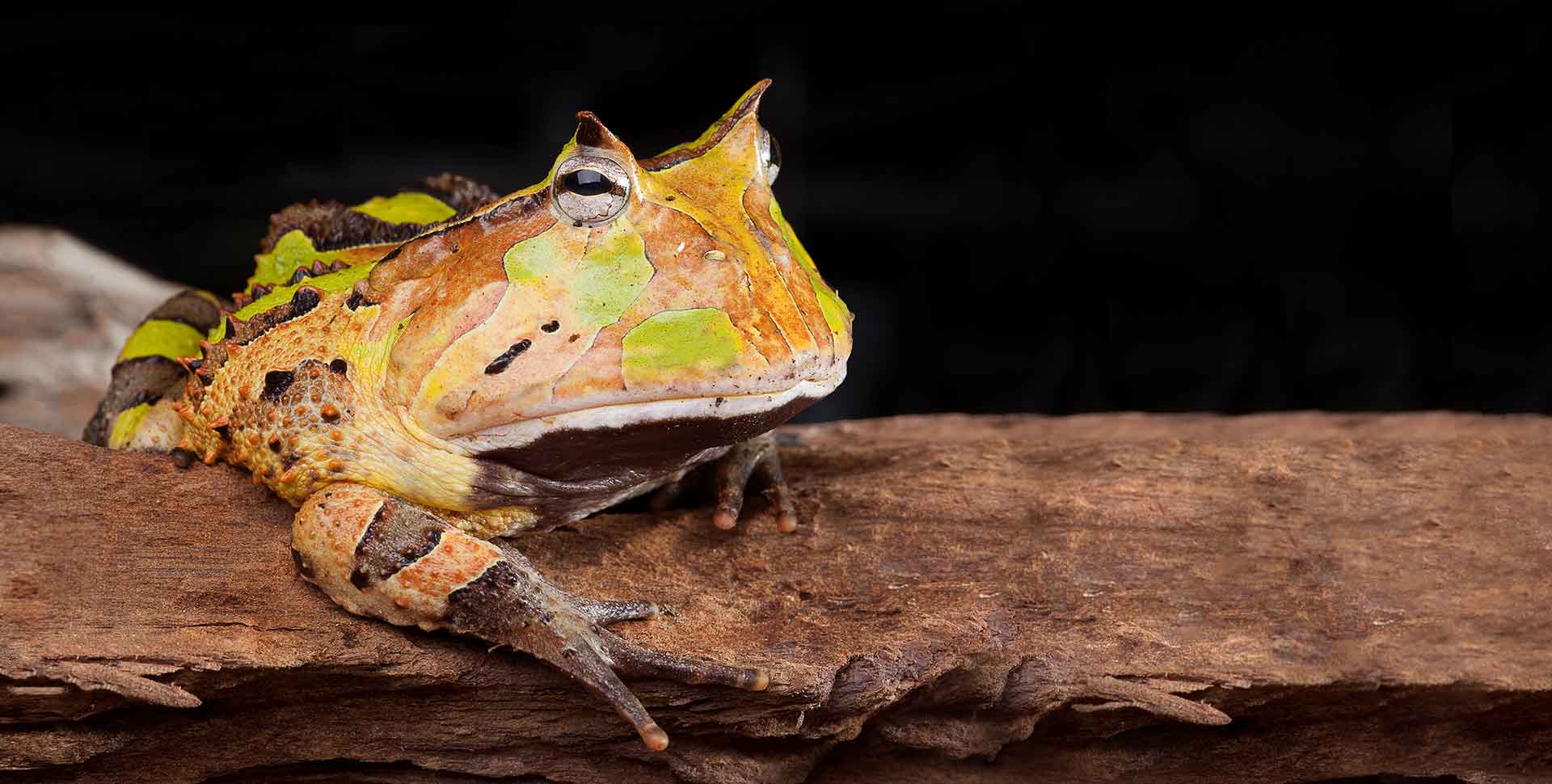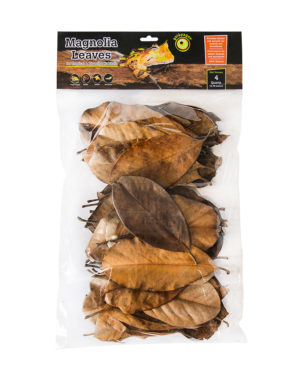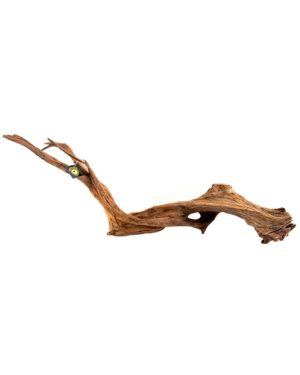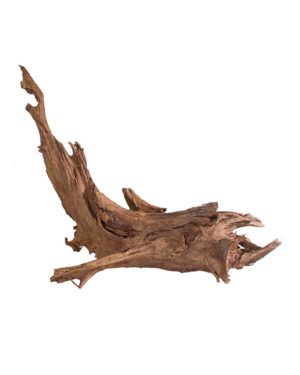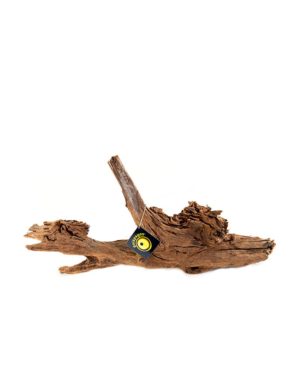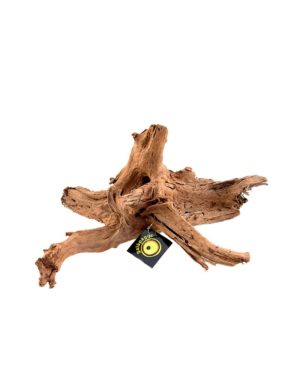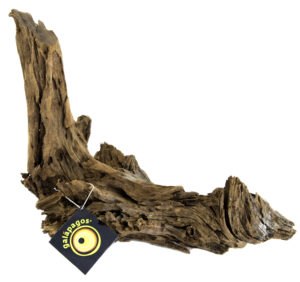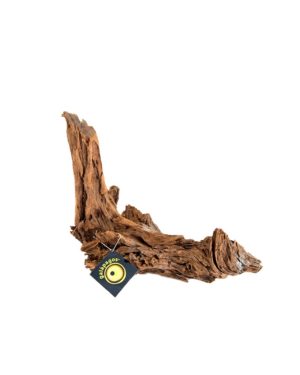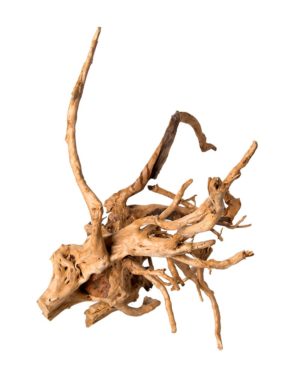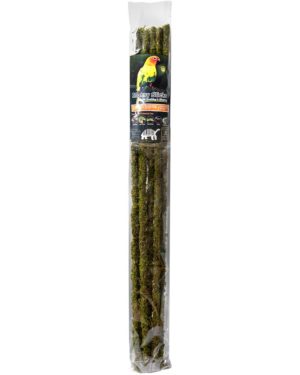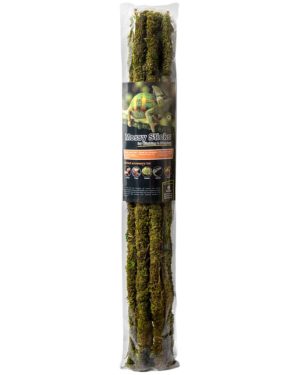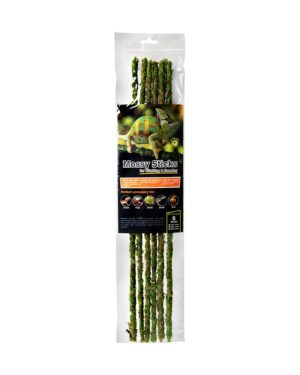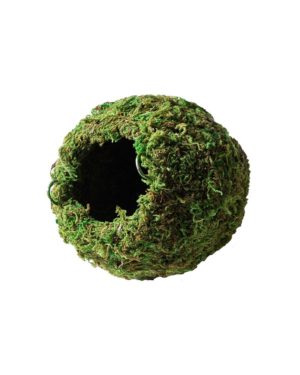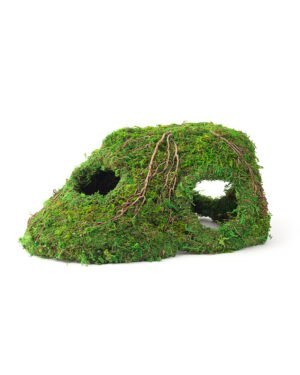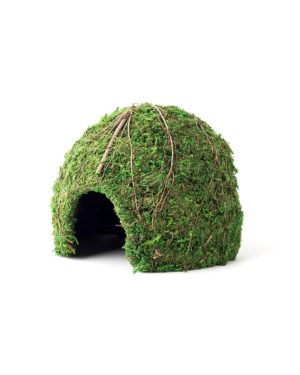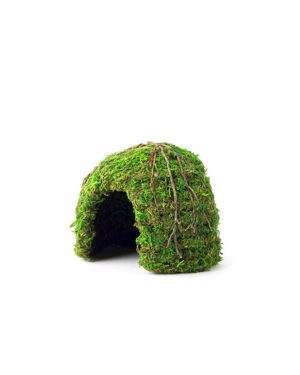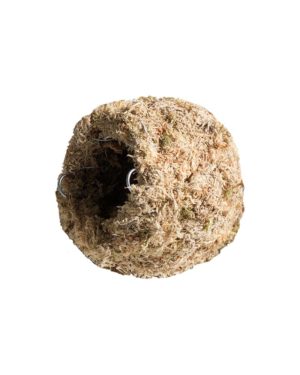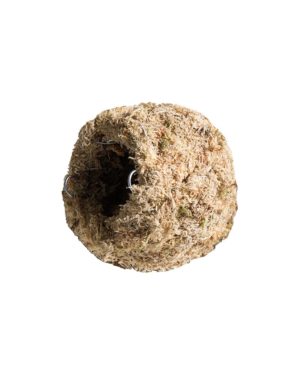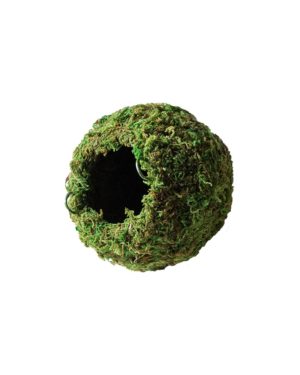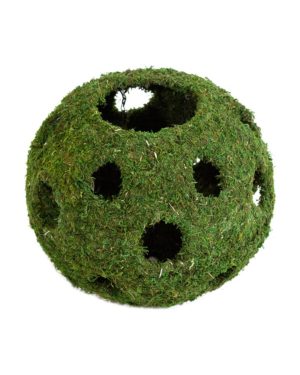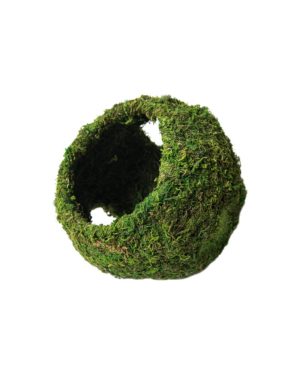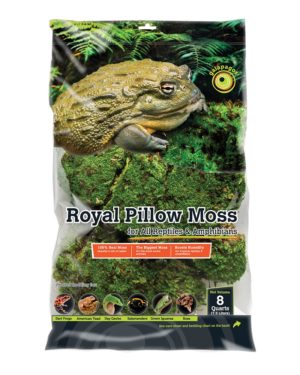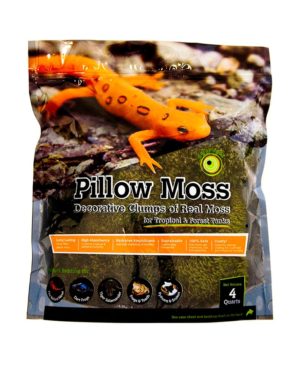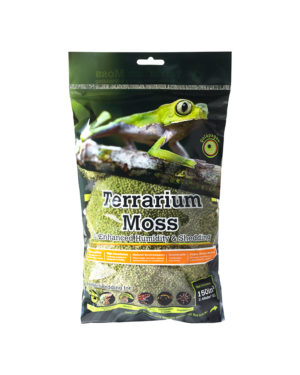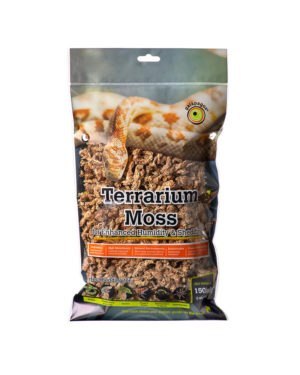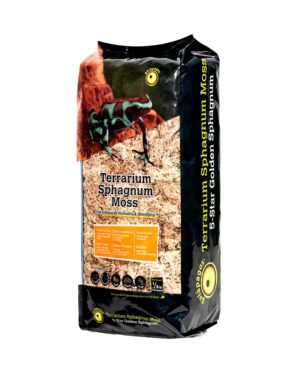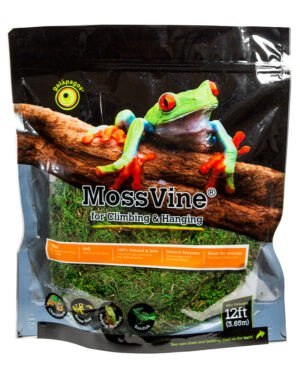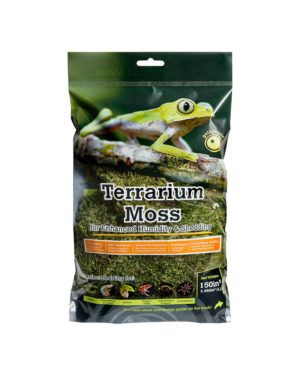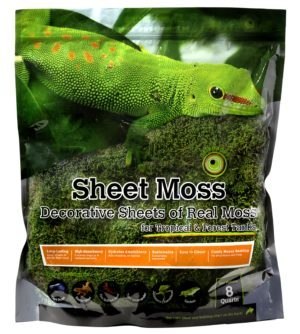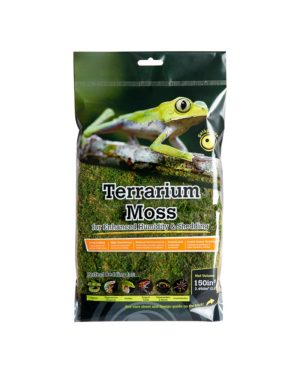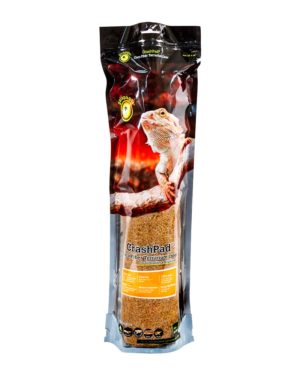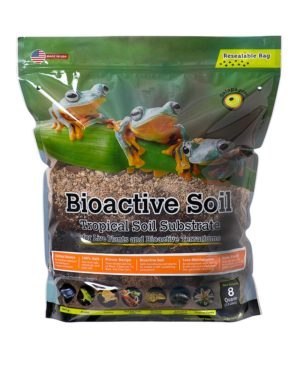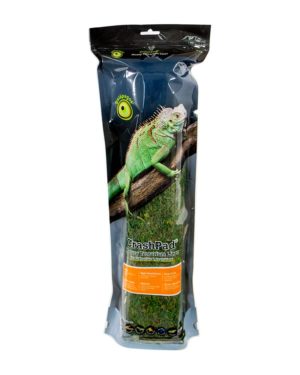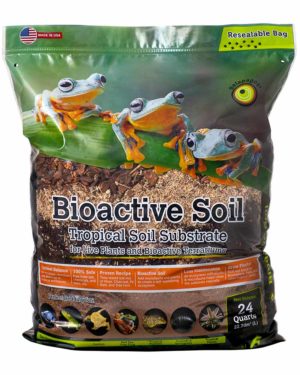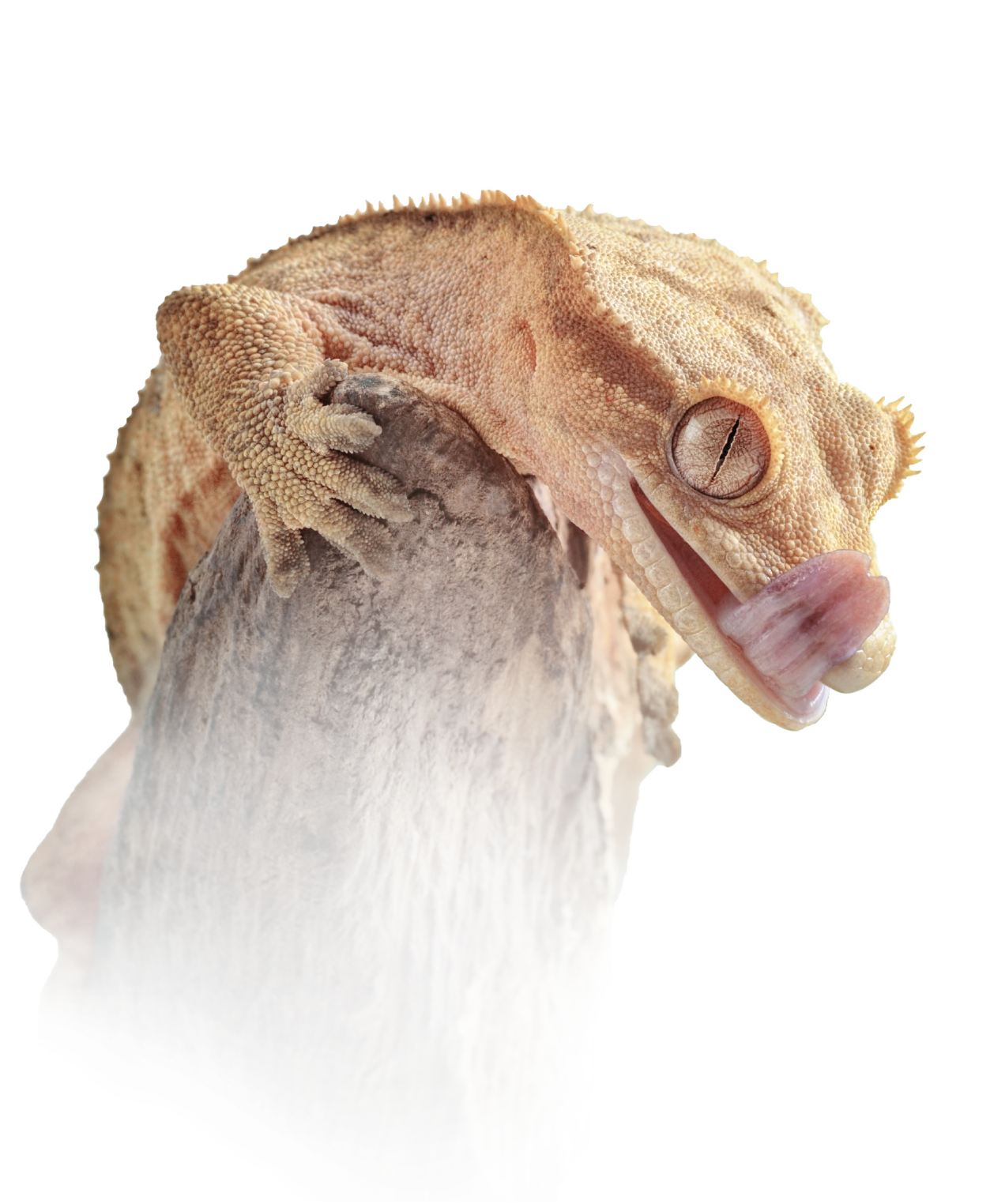Environment
Tropical
Light
Optional
Temperature
65-85 °F
Humidity
60-80%
Most Active
Nocturnal
Lifespan
10-15 years
Size:
Pac-Man frogs reach an adult size of approximately 2-7 inches depending on sex. Males tend to reach about 2.5-4 inches, while females can grow to 4-7 inches. They are often sold when they are about the size of a quarter.
Lifespan:
In captivity, with proper care, Ornate Pac-Man frogs can live 15 years or more.
Enclosure:
When designing your Pac-Man frog enclosure make sure to remember that they are native to tropical, humid rainforests. A single frog can be housed in 10-20 gallon tanks. Do not use too large of an enclosure as they tend to sit in one spot and need the food to cross their path often. These frogs are extremely territorial and cannibalistic and should never be kept with other animals.
Temperature & Humidity
Pac-Man frogs do well in room temperature settings but supplemental heating can be used. During the day temperatures can reach 70-85 degrees Fahrenheit. At night the temperature can drop into the mid 60s. Make sure to monitor your tank temperatures for a couple days in a row before adding your frog. Lastly, remember that if you decide to run lights for live plants that they will increase the temperature by a couple degrees.
Humidity should be kept at 60-80 percent at all times. Be sure to mist the cage 1-2 times a day or as needed to keep the proper humidity. Having a large water dish will help maintain a higher humidity and reduce the amount of misting needed. One of the best ways to increase humidity, on top of the water feature, is using a large amount of Golden Sphagnum Moss on the substrate side. Golden Sphagnum Moss is one of the highest quality mosses that hold humidity better than any other moss and is very mold resistant.
Other options that are great to help control and maintain humidity and make your Pac-Man frog’s enclosure more natural is with additional mosses and live plants. Green Sphagnum Moss, Royal Pillow Moss, Sheet Moss, Pillow Moss, Bromeliads, and Ferns are all excellent at storing and maintaining humidity.
Lighting
There is no special lighting needed for Pac-Man frogs. However, if you decide to do live plants you will need to research what kind of lights you need for the specific plants. Only use the lights for a maximum of 12 hours as too much light can cause stress.
Feeding
Pac-Man frogs are garbage disposals, meaning they eat anything they can sink their teeth into. Crickets and roaches are the main staple of a healthy frog. Earthworms, mice, and even fish can be fed on occasion as they are higher in fat.
All feeder insects should be dusted with calcium and multivitamins, as well as gutloaded. Simply place the feeder insects and a small amount of powder into a plastic bag and shake lightly. Gut loading refers to feeding the insects nutritious food, generally powder or gel, for at least 12 hours before feeding.
Feed a few times a week. Offer approximately 2-4 insects per feeding and remove any insects that have not been eaten within 24 hours. The best way to gauge how much to feed your horned frog is by their appearance. Horned frogs should be round, not excessively bulky or skinny. If you are unsure about your particular frog, reaching out to a breeder or vet that specializes in amphibians is recommended.
Water
Always provide fresh, clean water for your frog in a shallow dish that they can easily climb out of. Make sure the water dish has steps so crickets can escape the water and do not drown or contaminate the water.
Substrate
Pac-Man frogs do well on natural soil mixtures due to the high humidity requirement. There are several types of soil mixes but Bioactive, ABG mixes, and Coconut Soil mixed with Golden Sphagnum Moss are some of the most common. These mixes are also great naturalistic substrate options that help maintain and control humidity. Adding on Leaf Litter is another great idea as it provides shelter, humidity, and is ideal for microfauna when doing a naturalistic enclosure. No matter what substrate you decide to use make sure to keep an eye on humidity as too much or too little can cause problems.
Hides
Because horned frogs bury themselves in the substrate, a hiding place or cave is not as important as it is with other species. However, providing a hide is still recommended as all animals need a secure, dark cave or hide that they can retreat to in order to reduce stress and feel safe.
Plants and commercially available hides can be used to provide shelter (Sapa and Moss Domes are popular naturalistic options and are made of moss to help with humidity). The plants and leaves that make up the foliage can be fake or live depending on your personal preference.
Decor
After the necessities, Pac-Man frog enclosures can have any variety of decor that help to add enrichment. Spider Wood, Manzanita, and Driftwood are popular additions that act as a centerpiece and anchor for a variety of plants and other accessories. Natural Stones, Mosses, and Plants are also a great addition for general stimulation and enrichment with the added benefit of a naturalistic look.
Interesting Facts:
- Although C. ornata is one of the more popular species, C. cranwelli and C. cornuta are commonly kept and cross bred with other Ceratophrys species to create unique hybrids.
- All species of Ceratophrys are known as horned frogs. They get this name due to the large fleshy points above their eyes that resemble small horns.
- Horned frogs are motionless hunters that sit with the majority of their body buried in the substrate. Tait for their prey to walk in front of their mouth and then lurch forward to swallow their prey whole.
- Horned frogs are the only type of frogs that have teeth. These teeth, along with their sticky tongue, help keep their prey locked in and allow the frogs to successfully eat their prey.
- Pac-Man frogs follow the idiom “eyes are bigger than one’s stomach” to a fault. They will try and eat everything that crosses their path and have been known to die from trying to digest something too large for them.


